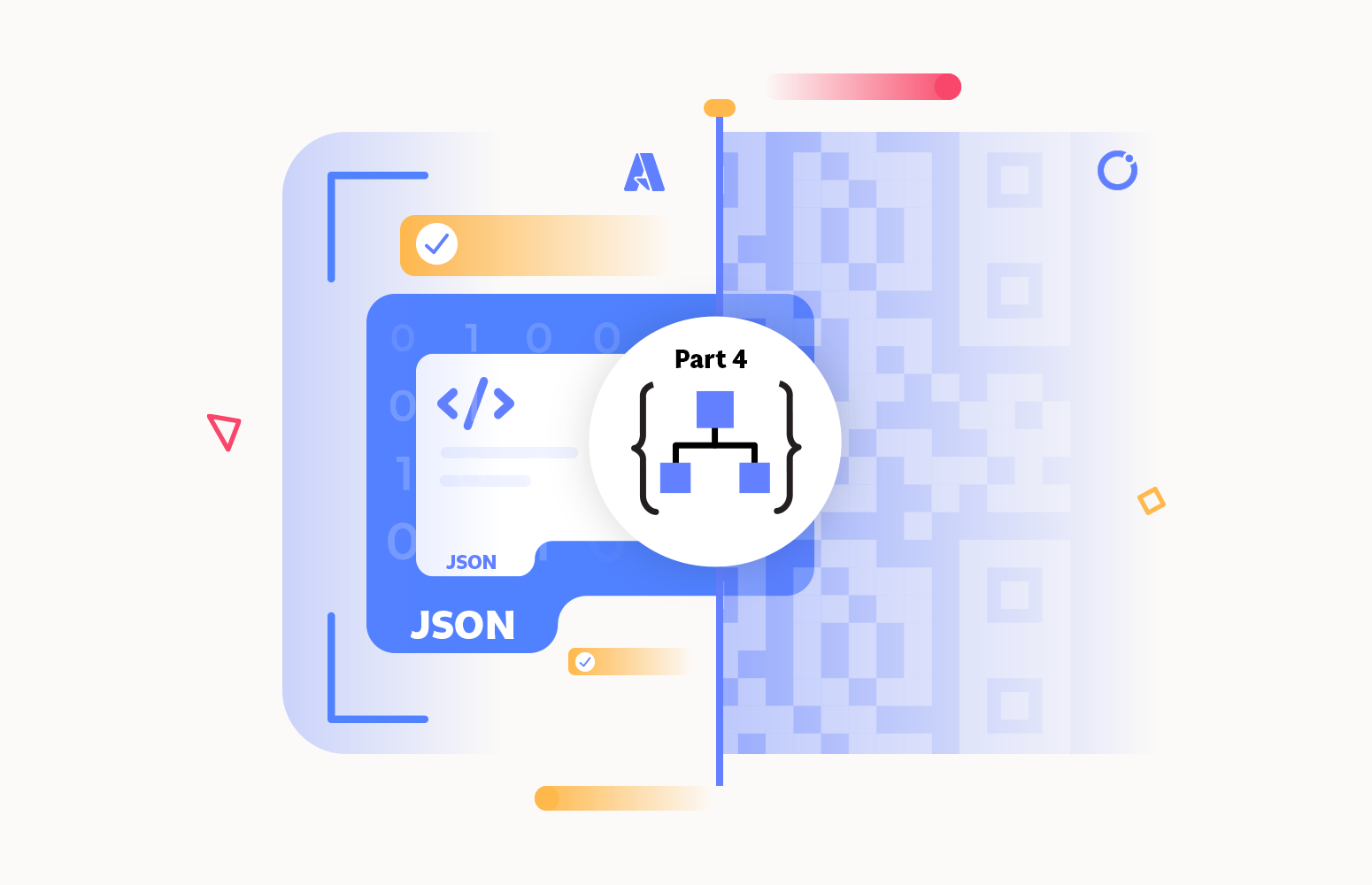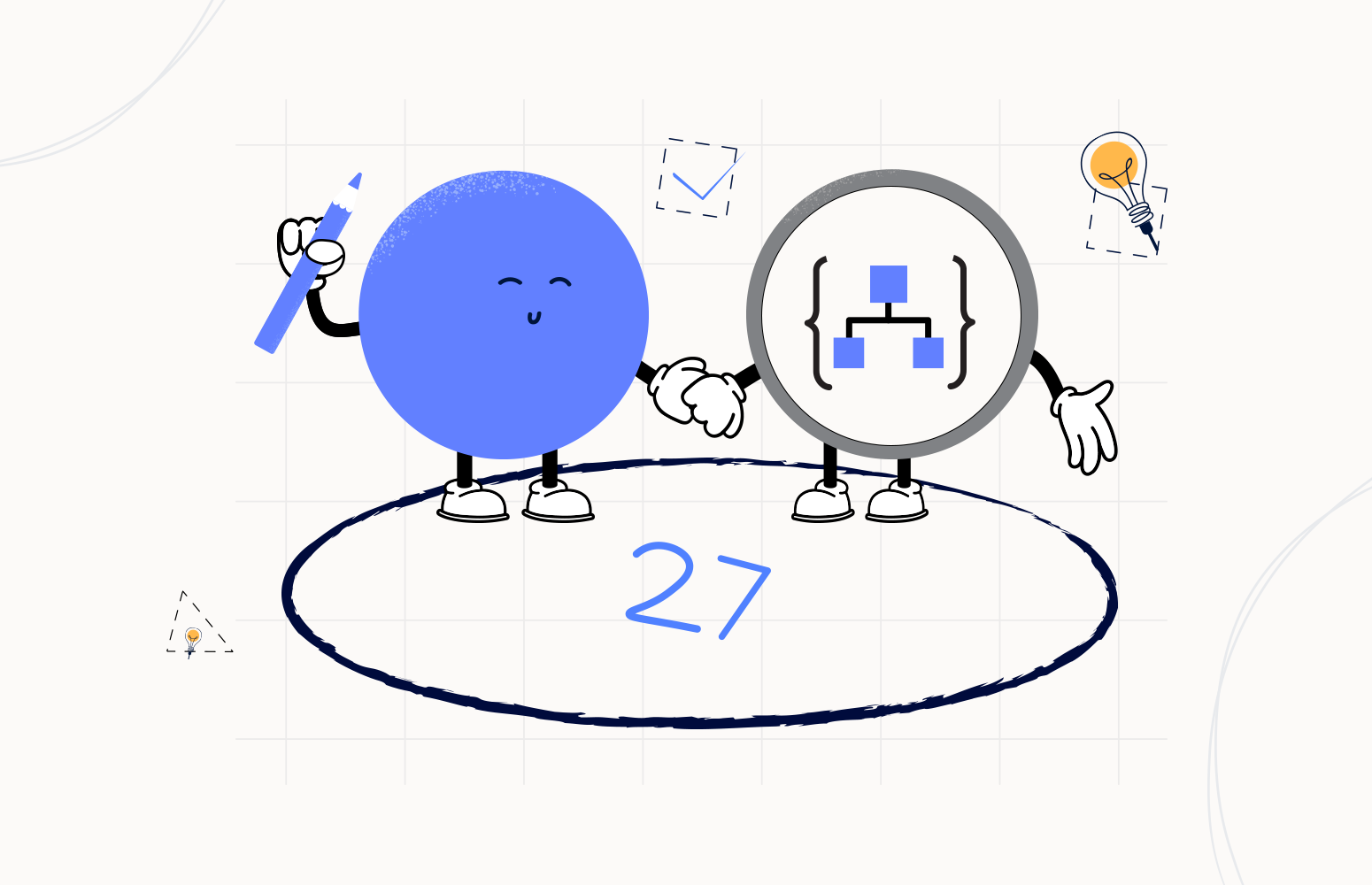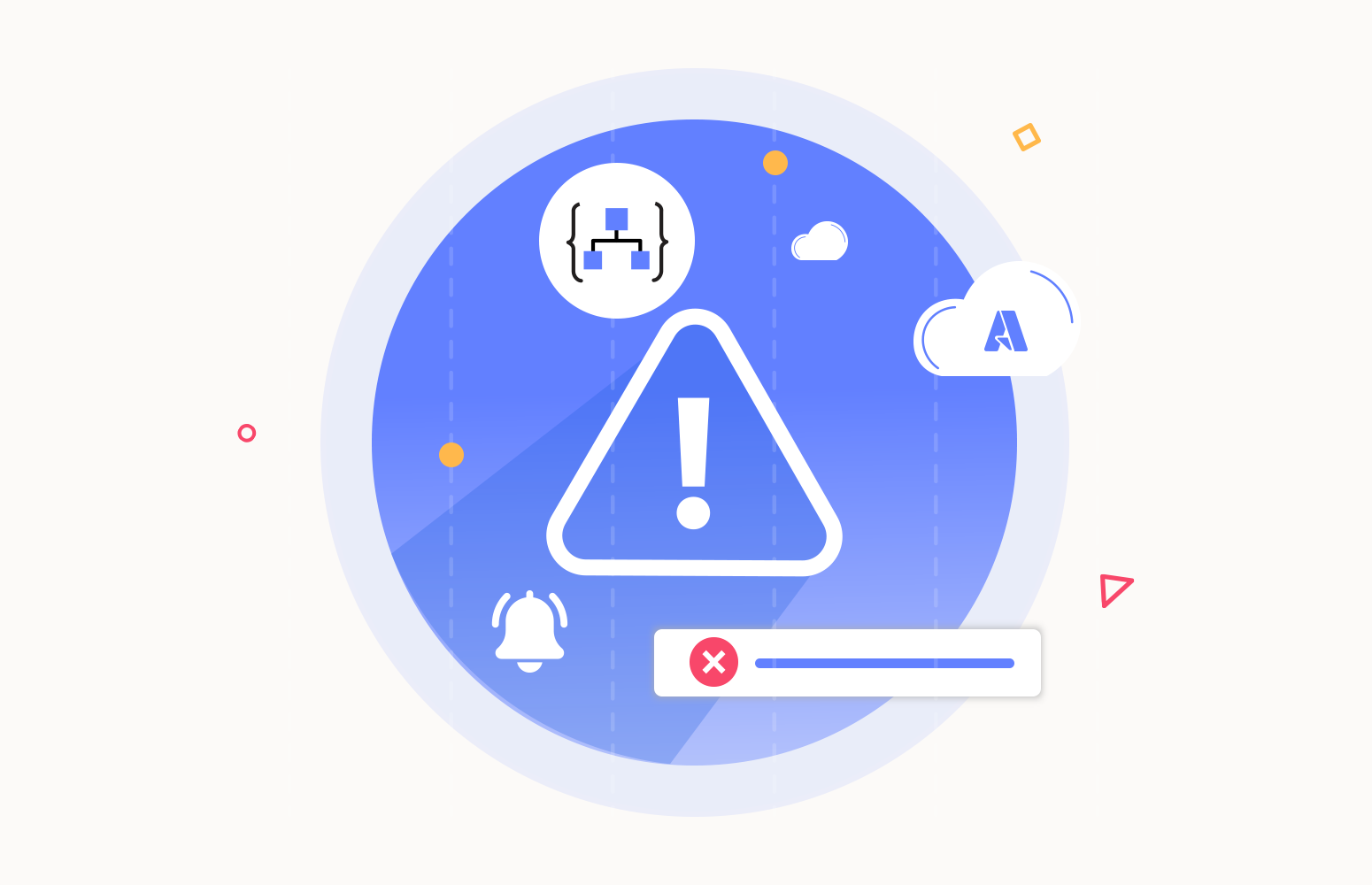Introduction
This blog is a transcription of the session of Day 1 at Integrate 2020 on the topic ‘20 Years In- Solving Today’s Integration Problems with Microsoft Integration Technologies’, by Stephen W. Thomas.
I was indeed curious to listen to the session right from the release of Integrate 2020 agenda. It was for 2 reasons, the topic and the speaker. I always believe, learning technology is complete only when we implement it to solve real-world problems. Only those who had been solving real-world problems can justify presenting on a topic like this. Stephen has got 20+ years of rich consulting experience working on Microsoft- based integration. He had spent most of his career working with BizTalk server, while recently expanding his knowledge spectrum with Azure Logic Apps. He had been recognised as Microsoft MVP for 15 years now. He had been consistent support for Integrate event year on year. His session in Integrate 2019, US Redmond was on ‘Supercharging BizTalk Server using Azure Integration Technologies’.
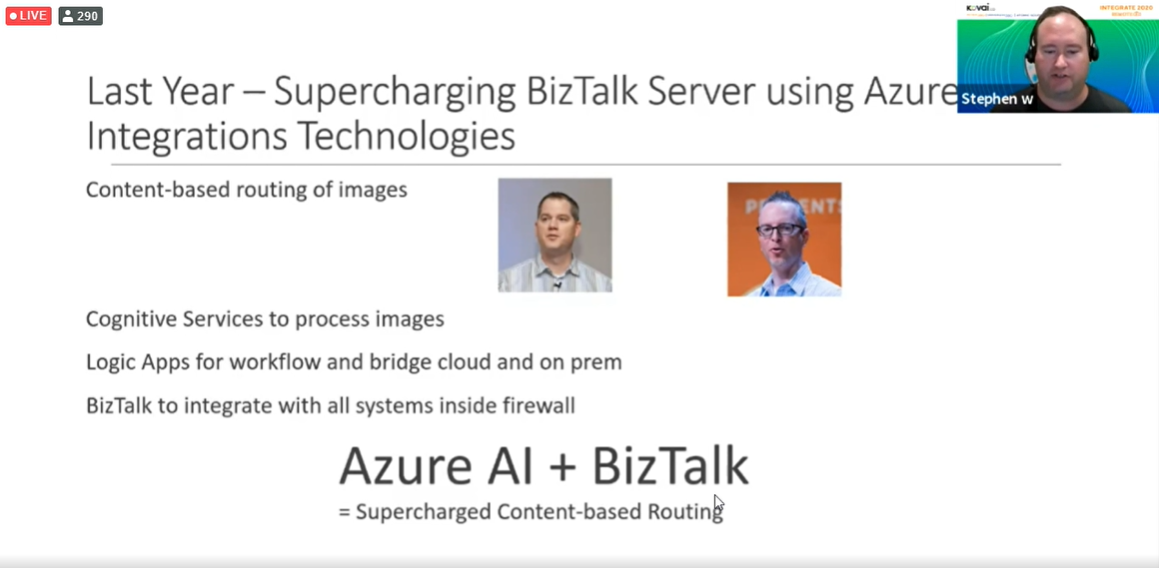
Learning Resources
Stephen has published highly popular 4 courses in the Pluralsight ideal to get started with Logic Apps and Azure Messaging Services.
- Azure Logic Apps: Getting Started
- Azure Logic Apps: Fundamentals
- Microsoft Azure Developer: Creating Enterprise Logic Apps
- Microsoft Azure Developer: Enterprise messaging and Eventing
Today’s Session
This session is way different from the sessions Stephen had done in the past. He gave an excellent start to the session by connecting with the attendees by sharing how he spent his past 2 months. Stephen shared interesting pictures of him having quality time with his family just like most of us do which included his puppy, him cooking, playing outside, challenges taken and 18 months project going live.
He also set the expectation right by sharing the agenda as below,
- Evolution- How the Integration space had evolved in the last couple of decades
- Current State- New problems we have got today to solve with Azure Integration technologies
- Future- the future state of integration
The actual session begins here with a proverb from a Chinese Philosopher, which goes as
“Study the past if you would define the future” – Confucius ~500 B.C.
This applies to Integration space as well.
Early Messaging and Integration
Homing Pigeon- 3000 B.C. – Anything that failed needed to be known about. Interestingly they had faced the same problems we face today except for the last one. Integration solutions today don’t get eaten up.
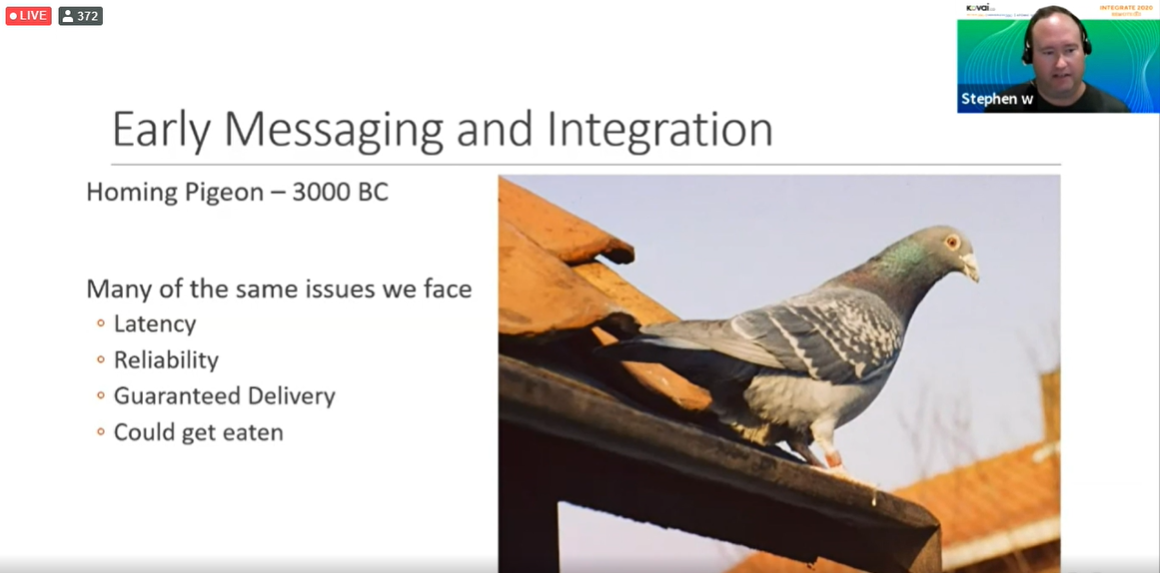
2000 was a Turning Point
There was a transformation from EDI based flat files to XML centric integration. The reasons behind the transformation were found to be the following:
Huge demand for Cross- company integration growing ;required to reduce manual process, at the same time it was expensive to build an EDI solution. XML lowers the bar to build a system ;as this allows to read and understand the data coming in. Still needs custom code for Integration Engine ;to help us.
That is where messaging engines started coming into the picture in 2000. Every major Software producer was coming up with an Integration engine. Below were a few worth mentioning,
- BizTalk Server
- Informatica
- Tibco
- Web Methods
BizTalk’s advantage was its cost. It was just 25 % of the other solutions. At one time “BizTalk Developer” was one of the highest-paid jobs.
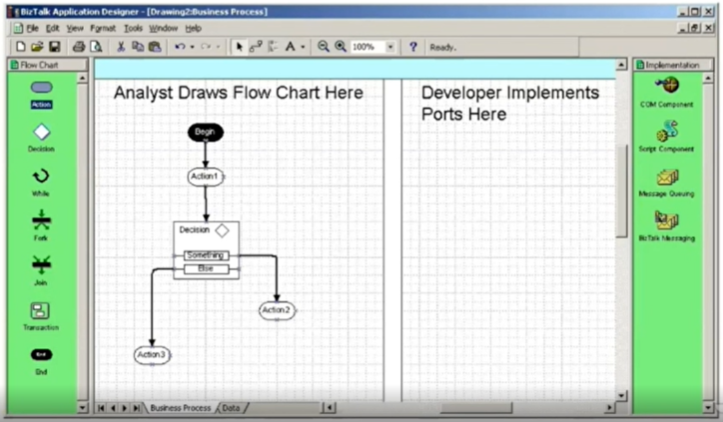
Present Day Messaging and Integration
The major shift in the messaging is like:
- Move to JSON
- Worldwide Cloud integration- need to integrate with any service
- Move to Consumer to Business messaging- everyone owns a smartphone to interact with the business
- Need to know more about everything and control it- People want to understand what the temperature in the room is and change it as required
- Predict events- They want the system to be intelligent to predict who will the person in that room, what will be his preference of temperature and so on
- Move to simplify environments- away from complex on-premise environments
- Further lowering the bar of development
Below are the strong reasons why this transformation had indeed happened:
- Lots of B2B integrations are already done
- Reduced manual processes
- New systems are cloud-based with different ways to integrate
- Azure has trivialized environment setup and communication
- Logic Apps makes it easier
- Customer interaction directly with business is simple
- Brand reputation is more important than ever
This correlates to several new scenarios. Below are few which involves images and videos interpretation:
- Fraud prevention
- Customer Service Feedback
- Body and dash camera review
- Insurance assessments via drones
- Content moderation
- Near real-time sentiment analysis via video feed
Automatic reactive events impacting your brand. A solution way beyond just monitoring the social media post on the brand. Define workflows using Logic Apps to service requests and achieve what is required.
Work with edge devices and AI models. Below are significant Azure solutions along with their purpose:
- Logic Appsfor workflow
- Cognitive servicesare key to make image/ video processing super simple
- Azure connectorsconnect to 100 of APIs across the world making integration possible
- Azure IoT Hub pushes code update to IoT devices
- Azure AI solutions to build complex models
- Azure Event Hub for reactive processing
Sample Solution- New Loan
The scenario goes like this. A customer uses his cell phone to capture the image of his Driving License. That is sent as a text message to the Loan Application Processor. There is a ;Logic App to handle inbound requests and user validation. We use Connectors and Azure AI ;features for image processing of the Driver’s License. The information from the Driver’s license complies as a message. Service Bus queues is used to send the enriched message to the BizTalk. BizTalk which is used for on-prem integration with legacy systems talks to the loan system. It automatically updates loan status to the customer. This solution will be cost-effective as well.
What would you like to know…
The business would need data to make decisions. The following could be useful insights to understand in a scenario.
- % of people leaving the self-service check out happy
- % of people walking into the shop without wearing a mask
- % chance a person walking into the bank is a new customer
AND
- % chance they are looking angry
AND
- % chance they were arrested for armed robbery in the past
Stephens Experience in working with Messaging 2020
Customer service 20 years back was involving just phone, now had been extended to email, Facebook, Twitter, Linked-in and more. Stephen shared his ‘Flaming Pizza’ experience. He reheats his pizza in the Microwave which burnt his pizza due to its sensor failure. When he posted this video in social media, he was contacted by the customer support group who monitor social media. What we need to investigate here is the complex workflow behind analysing the social media more than the flaming pizza. A workflow that informs the customer support team to follow up and the workflow forwards the request to the Engineering team.
Now let us investigate the future…
Messaging and Integration in 2040
For sure we will have new problems and new solutions. Here come predictions from Stephen:
- Will have a new Messaging format that can deal with images and videos much better
- Integrating videos and messages everywhere
- Finally, all the “never cloud” people would have moved to the cloud
- Better Master Data Management
- A customer should have only one current home address
- BizTalk Server 2024 – Probably Not
- Just in case, have a Hawk-Proof cage around our servers!
The session was closed with a call for participation on the topic ‘Your thoughts on Integration in 2040?’ #integrate 2040
Wrap-up
It was indeed a very lively session by Stephen. He took us a couple of decades back and gave a clear picture of how Integration space had evolved to meet the real-time business demands. The session also had a real interactive Q&A session. The active participation from the attendees proved the success of the session.



